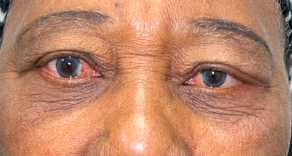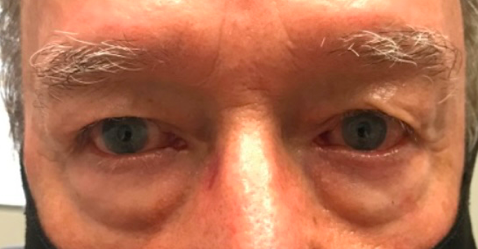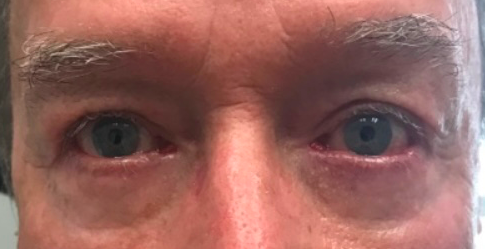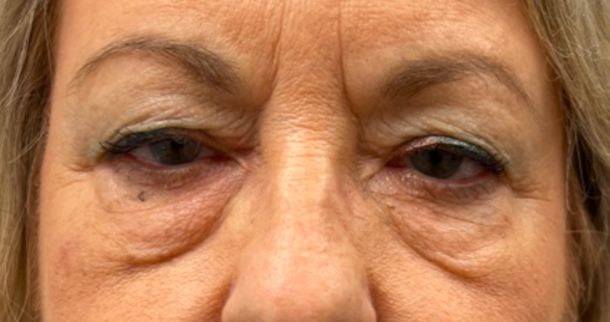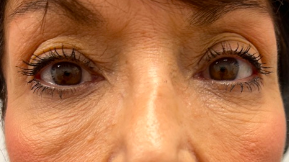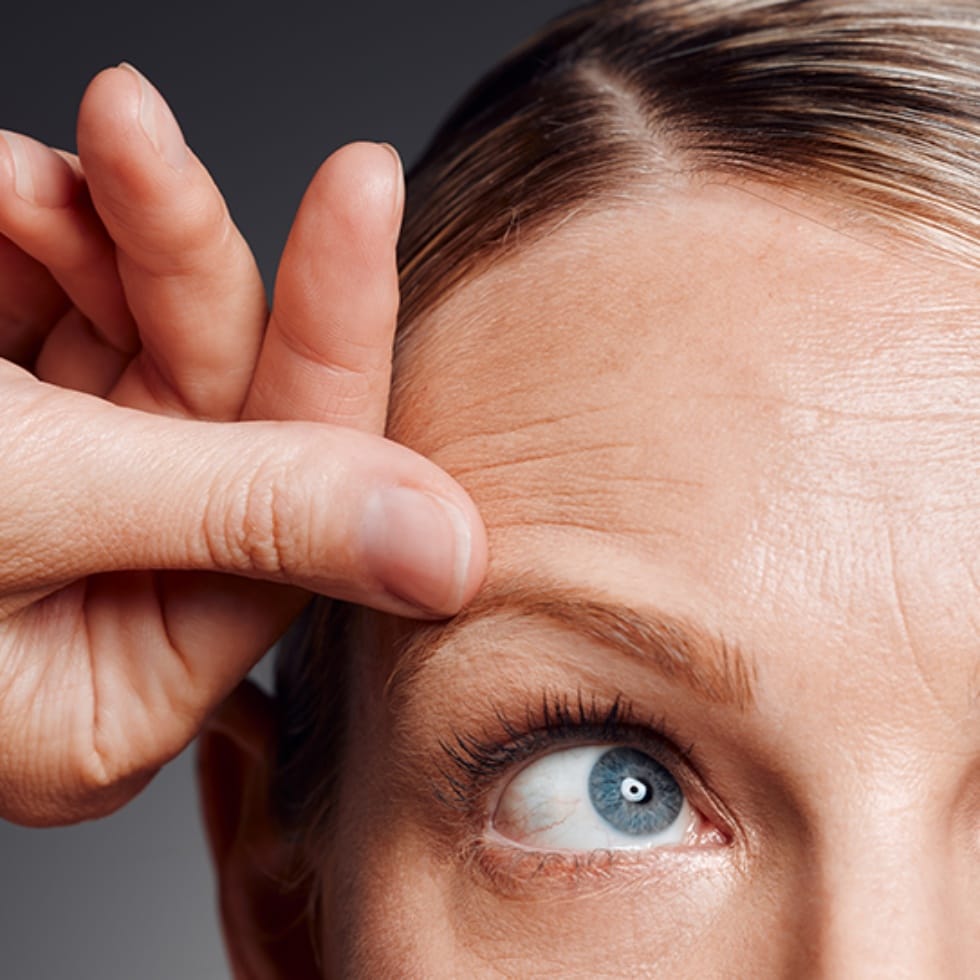
Lower Eyelid Blepharoplasty Surgery
Cosmetic eyelid surgery
What is Lower Eyelid Blepharoplasty Surgery?
Lower blepharoplasty is performed with an incision placed inside the lower lid with no external sutures or scar. A small amount of skin can also be removed with an incision just below the eyelashes when needed. Thorough examination and communication is needed as many patients demonstrate their desired look following lower blepharoplasty by pulling their entire face back towards their ear. This can only be achieved by a face-lift in addition to removal of the lower lid fat pockets.
Removal of too much skin from the lower lids will lead to ectropion or lower lid retraction. This is where the lower lid is pulled down and away from the eyeball. Lower lid ectropion and retraction following blepharoplasty are very difficult to repair. Careful examination and a conservative surgical approach is crucial in preventing these problems.
frequently asked questions
Take a closer look
Should I have an Oculoplastic Surgeon perform my Lower Eyelid Bags Surgery?
Will I be sedated for the procedure?
How long does the procedure take?
What is recovery like?
How long does it take to heal?
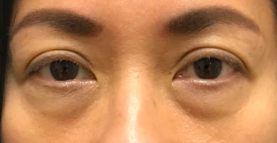
Before

After

